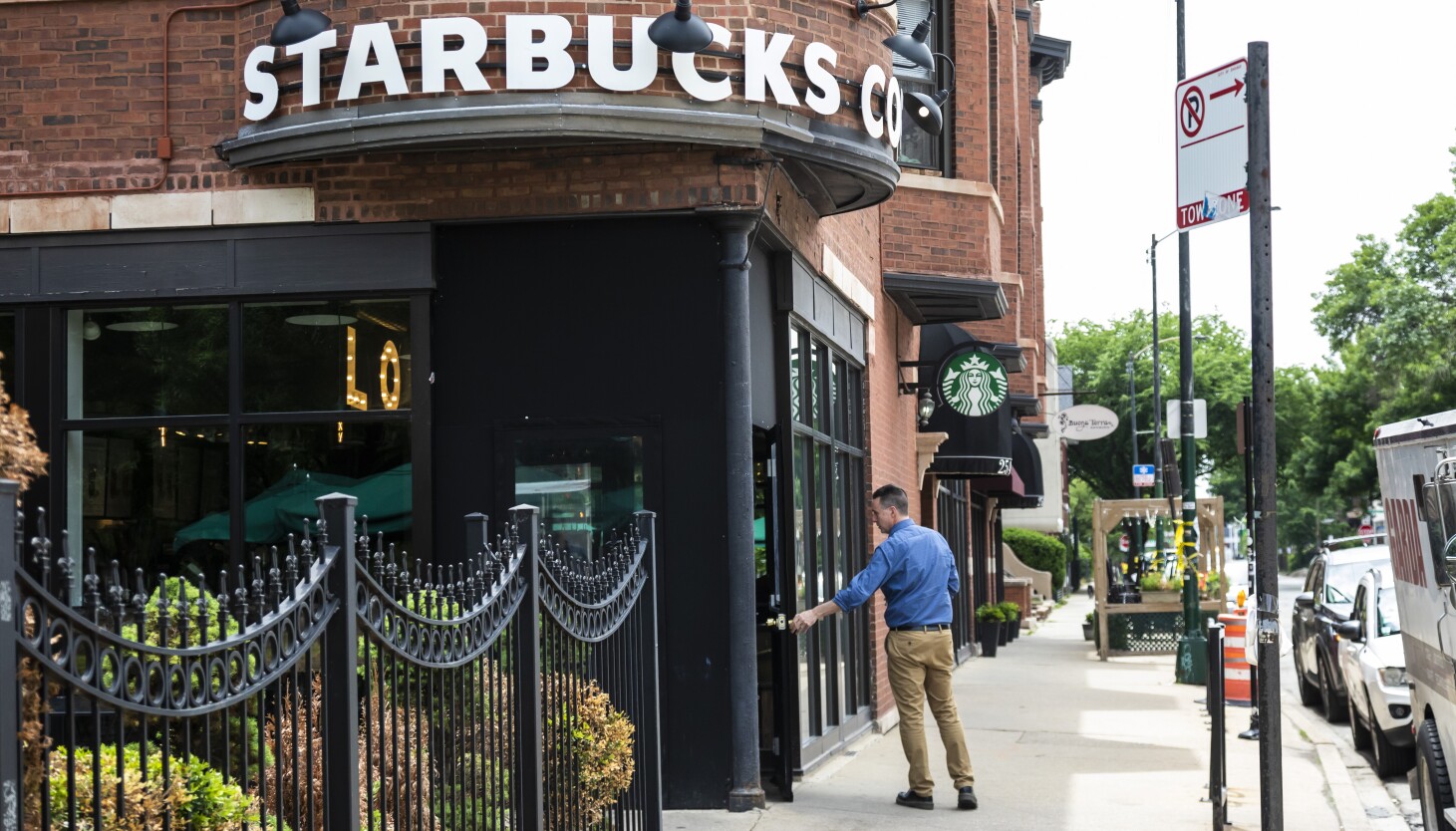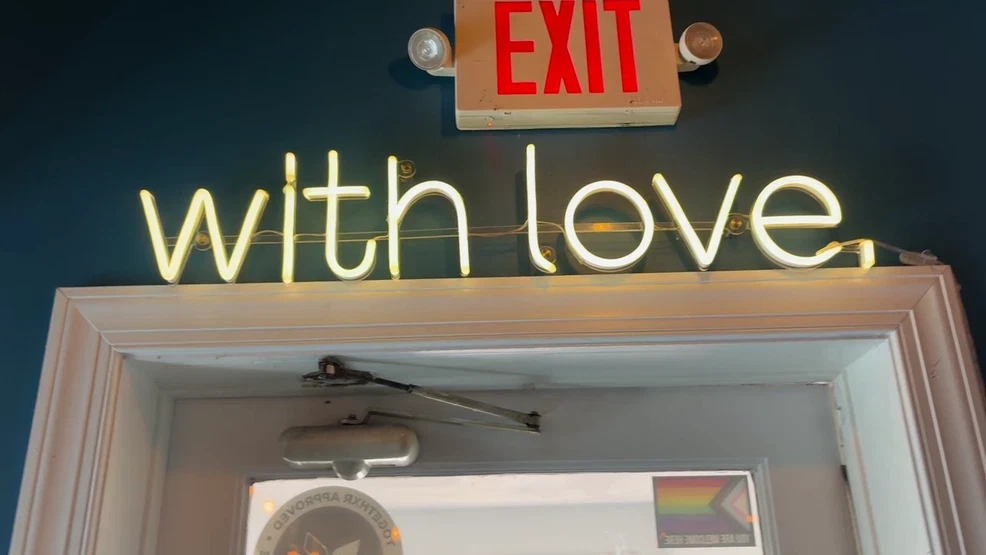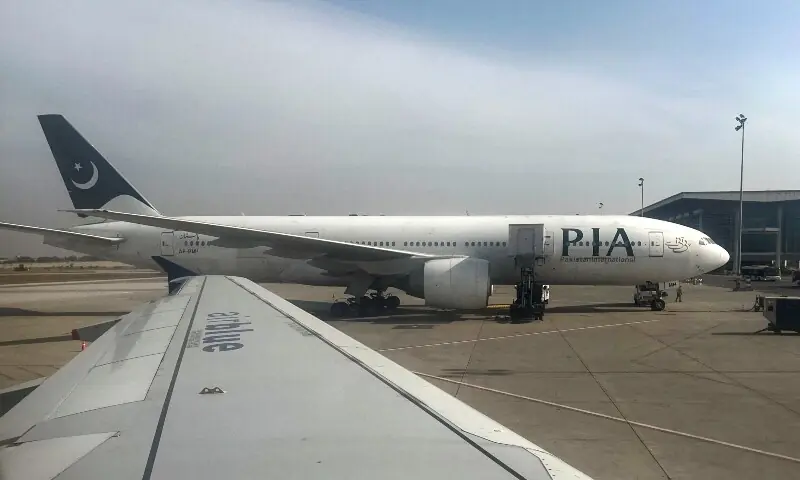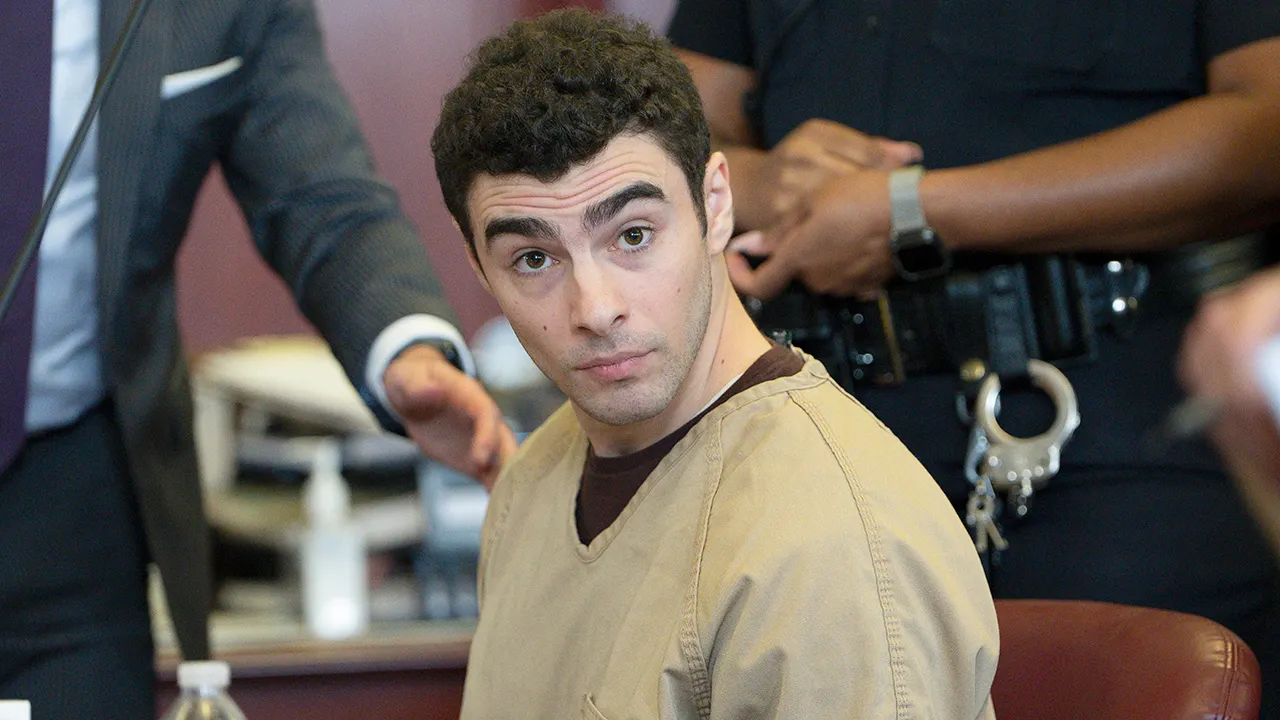
Starbucks workers in three states, including Illinois, have taken legal action against the coffee giant, saying it violated the law when it changed its dress code this spring but refused to reimburse employees who had to buy new clothes.
The employees, who are backed by the union organizing Starbucks’ workers, filed class-action lawsuits Wednesday in state court in Illinois and Colorado. Workers also filed complaints with California’s Labor and Workforce Development Agency. If the agency decides not to seek penalties against Starbucks, the workers intend to file a class-action lawsuit in California, according to the complaints.
“Starbucks’ new dress code has forced all of us to pay out of pocket for required clothing. We face punishment if we don’t comply, yet the company isn’t covering the costs,” said Andrew Holland, a plaintiff in Chicago who works at a Starbucks near Lincoln Square.
“For a corporation making billions, it’s cruel and completely unnecessary for them to force more expenses on employees who are already struggling. My fellow workers and I are taking action so that every worker can be reimbursed, which is barely a fraction of the respect we deserve from a company that cannot exist without us,” he added.
Holland has worked at Starbucks on and off for 11 years and at the Lincoln Square location for two. The company has a system for reimbursing employees for business expenses, he pointed out. “I would love to see a clear, good faith attempt to use that mechanism to just pay us back for the things we have to buy for work.”
Holland paid nearly $150 for new shoes to comply with Starbucks’ dress code. He said it’s a small amount for a company that “has more money than God.”
Starbucks didn’t comment directly on the lawsuits, but said it simplified its dress code to deliver a more consistent experience to customers and give its employees clearer guidance.
“As part of this change, and to ensure our partners were prepared, partners received two shirts at no cost,” the company said. Starbucks refers to its employees as “partners.”
Starbucks’ new dress code went into effect on May 12. It requires all workers in North America to wear a solid black shirt with short or long sleeves under their green aprons. Shirts may or may not have collars, but they must cover the midriff and armpits.
Employees must wear khaki, black or blue denim bottoms without patterns or frayed hems, or solid black dresses that are not more than 4 inches above the knee. The dress code also requires workers to wear black, gray, dark blue, brown, tan or white shoes made from a waterproof material. Socks and hosiery must be “subdued,” the company said.
The dress code prohibits employees from having face tattoos or more than one facial piercing. Tongue piercings and “theatrical makeup” are also prohibited.
Starbucks said in April that the new dress code would make employees’ green aprons stand out and create a sense of familiarity for customers. It comes as the company is trying to reestablish a warmer, more welcoming experience in its stores.
Before the new dress code went into effect, Starbucks had a relatively lax policy. In 2016, it began allowing employees to wear patterned shirts in a wider variety of colors to give them more opportunities for self-expression.
The old dress code was also loosely enforced, according to the Colorado lawsuit. But under the new dress code, employees who don’t comply aren’t allowed to start their shifts.
The lawsuits and complaints allege Starbucks’ dress code violates state laws that require companies to reimburse workers for expenses that primarily benefit the employer. Colorado law prohibits employers from imposing expenses on workers without their written consent, according to that lawsuit.
The plaintiffs seek damages on behalf of all Starbucks workers in those states, whether or not their stores are unionized.
Multiple plaintiffs, like Holland, said they requested reimbursement from Starbucks to conform to the dress code but were denied.
Gilbert Cruz, an employee in Aurora, requested $10 for the cost of removing a nose piercing.
Worker-led lawsuits in state courts are a shift in tactics in the multi-year effort to unionize Starbucks’ stores.
Labor group Starbucks Workers United has unionized 640 of 10,000 company-owned U.S. stores and filed hundreds of unfair labor practice charges against Starbucks with the National Labor Relations Board.
Holland believes Starbucks’ new dress code is a tactic to suppress labor organizing. The stricter policy “thins down the workforce,” without resorting to mass lay-offs, he said. Starbucks “wants to get as many people fired and willing to quit as they can.”
Starbucks Workers United filed a charge over the dress code in April but it is not a party in the current lawsuits.



